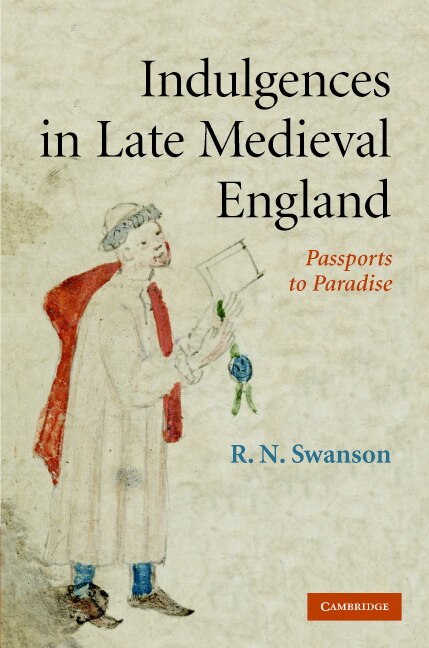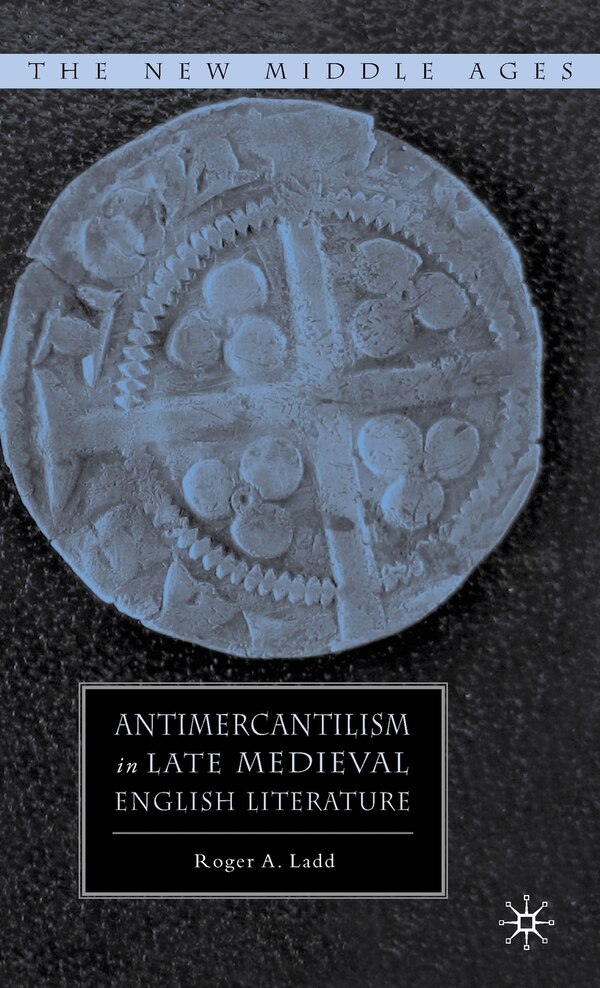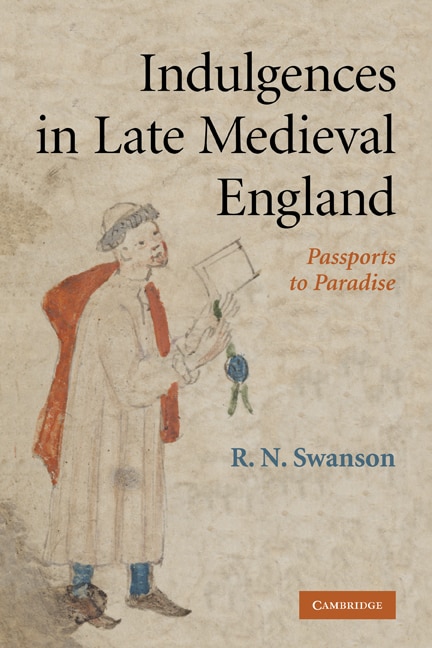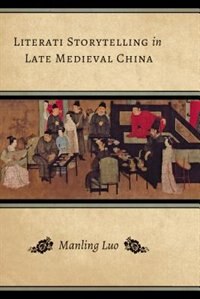Home
Late Medieval Andhra Pradesh AD 1324-1724 by R. Soma Reddy, Hardcover | Indigo Chapters

Coles
Late Medieval Andhra Pradesh AD 1324-1724 by R. Soma Reddy, Hardcover | Indigo Chapters
From R. Soma Reddy
Current price: $91.00
Loading Inventory...
Size: 25.4 x 241.3 x 1
*Product information may vary - to confirm product availability, pricing, and additional information please contact Coles
This volume on Andhra Pradesh covers the period 1324 to 1724, which witnessed the rise of large regional state powers such as the Vijayanagara kingdom, the Bahmanis, Gajapatis, Musunuris, Recherlas, Reddis, and Later Gangas. The political formations of the period were military-centered as witnessed by the well-organized nayamkara system, which revolved around the creation of nayamkaras or military chiefs, and was the mainstay of the Vijayanagara rulers. There was large-scale expansion of agriculture with the introduction of new crops like tobacco, tomato, potato and chillies, and phenomenal growth of trade in commodities like cotton and indigo. The trading and artisanal communities were organized in powerful guilds. The constant flux of peoples of different languages, faiths, cultural modes, and professions led to a liberal spirit of tolerance. Telugu literature flourished, and new genres were introduced in which outstanding works were created. A significant feature of the times was the evolution of a composite Dakhni (Deccani) culture. Rulers, Hindu and Muslim alike, patronized religious institutions but did not allow religion to interfere in matters relating to administration. Sri Vaishnavism, which won royal support during the reign of Saluva Narasimha, was established in the royal house and court during Krishnadeva Raya's rule. Numerous royal grants were given to Vaishnava temples and mathas. During Aravidu rule, the Tirumala temple occupied a premier position. Ahobalam was another centre in western Andhra that wielded great influence. The patronage of ruling chiefs of Shudra varna to Sri Vaishnava acharyas and temples fundamentally influenced their social and ritual ranking. The sixteenth-century temple was an organized complex of sanctuaries and mandapas. Tadipatri, Lepakshi and Ahobalam deserve mention as examples. Placing a chariot in stone in the temple complex was a contribution of the Vijayanagara period. The Aravidu period contributed the gopura as a dominant feature of the temple complex. The detached gopura of Govindarajaswami Temple, Tirupati, is a fine example. The rulers of medieval Andhra seldom violated established norms of dharma, thereby ensuring the security and stability of their kingdoms. | Late Medieval Andhra Pradesh AD 1324-1724 by R. Soma Reddy, Hardcover | Indigo Chapters





















